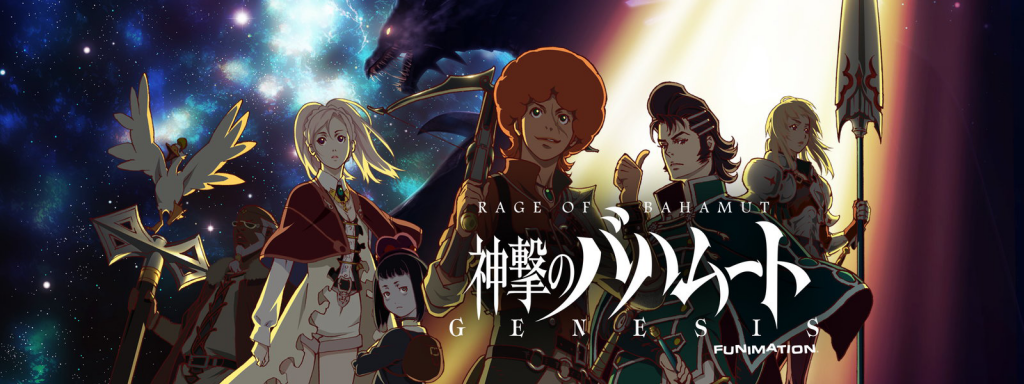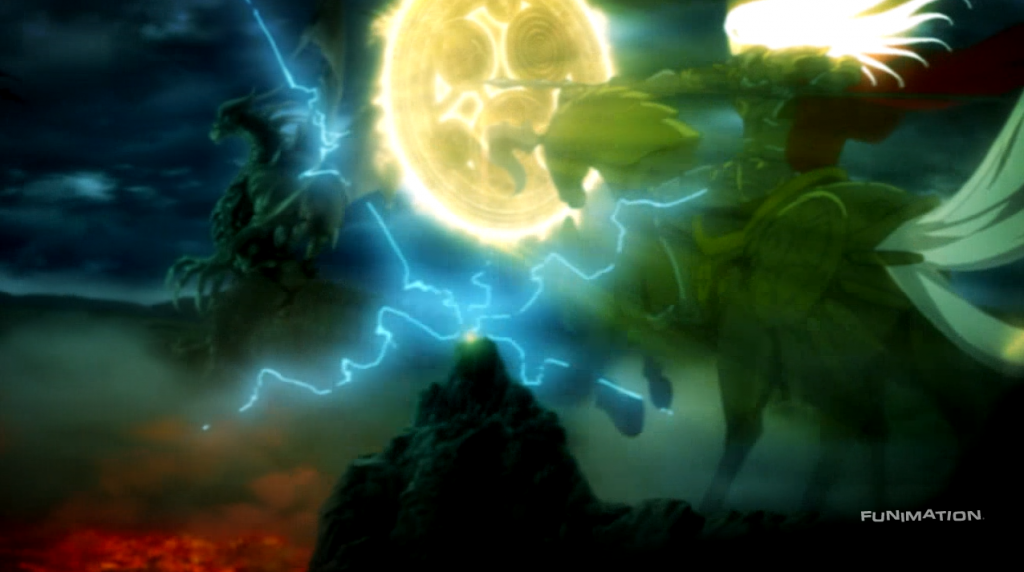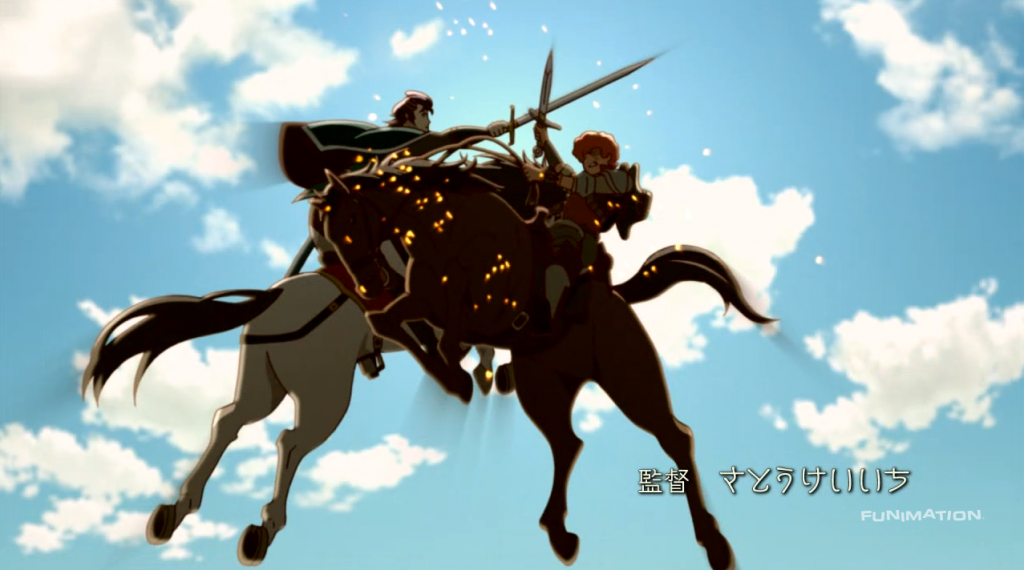In 2007, the people behind the cheapo freeware game Elf Bowling got a movie made about their game. After a few years of tricking people into paying to play their game on handheld consoles, Elf Bowling the Movie: The Great North Pole Elf Strike was released to absolutely no fanfare.
Nowadays, the free Flash games of the past have been succeeded by the “free,” microtransaction-laden mobile games of today, and they are making money hand over fist. Granted, the most successful mobile gaming titles are a lot better than Elf Bowling, but you can probably see where I’m going with this. Considering the low overhead involved with the creation and maintenance of these games, their companies are basically making infinite money, too much money to simply throw back into the game. This is the type of money that doubles itself if you’re lucky. All you’ve gotta do is push out the right kind of schlock. Game of War: Fire Age just threw a portion of their reported $40 million ad budget into hiring Kate Upton to be the face of their game, and their ads. The Angry Birds movie is happening in May 2016.
Rage of Bahamut is a mobile game. In fact, it’s a collectible trading card game. Some of the most memorably bad, glorified advertisements we know come from Japan, and it is easy to imagine what Rage of Bahamut: Genesis, the game’s anime adaptation, might be: a slog of cheap animation, saccharine kids’ show morals, and questionably cool collectibles. But instead of being the next Yu-gi-oh! or Beyblade, Genesis is the first example I can recall of an advertisement in name only. The final product is a rollicking action-adventure fantasy of stellar production values with nary a trading card in sight. It sets a high bar for other mobile game developers to spend their money right, while also offering a show with the freshest appeal this season.
Favaro (Hiroyuki Yoshino) is a bounty hunter of the charmingly roguish type in a Renaissance-styled fantasy world. When Amira (Risa Shimizu) asks him to guide her to Helheim, an icy country of myth, Favaro humors her because she’s pretty. Unfortunately, he finds himself in over his head when Amira reveals herself to be a demon of great power. Trapped, Favaro must do his best to find their way to Helheim, a land that might not even exist, while fending off the challenges of Kaisar (Go Inoue), a rival bounty hunter, and the forces of Heaven and Hell who are plotting something in the shadows. Somehow, everything ties into the return of Bahamut, a legendary dragon who will end existence.
As the original game had no plot and only a barebones fantasy aesthetic, the crew at animation studio MAPPA were basically tasked to create something from nothing with only the slightest hints of fantasy to guide their efforts. It’s a testament to director Keiichi Sato and his team that they were able to create a world that is not only visually coherent, but wild, colorful, and fist-pumpingly awesome on top of that. It is at times Renaissance Europe and at other times a heavy metal album cover. The show opens with an apocalyptic battle scene that would look sweet painted on the side of a van, and that is absolutely the best thing.
Given the card game’s typical JRPG look, Naoyuki Onda’s character designs for the main and supporting cast use a variety of Western and pop iconography to balance it all out, making for a cast of such varied costumes that they can’t help but coexist in this equally eclectic world. You will believe that a world that contains fantasy knight Joan of Arc and actual Greek god Bacchus, administrator of all bounty hunters, can also portray Cerberus as a demoness with dog ears and two talking puppy hand puppets. The inventiveness only scales upward from there.
Rage of Bahamut: Genesis is a true production in every sense of that word. It was made by people who understand the value of effective presentation, and the love that was put into the show is always, always evident. Genesis is storyboarded with wide angles and tracking shots, among other creative framing, giving it the feel of a Hollywood blockbuster—an uncommonly novel aesthetic for an action anime. Yoshihiro Ike’s beautiful orchestral score also helps to sell this feeling.
The series’ most obvious modern influences are Pirates of the Caribbean, but other than copping that movie’s tone, Genesis is very much its own mix of action adventure ideas. The show touches upon The Lord of the Rings, the Spaghetti Westerns of Sergio Leone, and even modern zombie movies, but it consistently does the things we’ve seen before in cheerfully new ways. Genesis is addictingly energetic and action is the language its creators have chosen to communicate its joys. Favaro and Kaisar’s introduction involves a sword battle on horseback across the tiled roofs of an Italian village. Amira’s first display of demonic power leaves a giant monster crushed into the road, melting apart from its skeleton. It goes without saying that the animation is gorgeous as well.
Of course, the show’s dynamic action is only made possible by its lively cast. Head writer Keiichi Hasegawa delivers a packed adventure story with a surprising amount of twists and turns that never forgets to involve its characters. It’s nothing deep or especially smart, but it is deft. Characters speak with snappy wit and are nicely realized versions of their particular archetype. Favaro especially is the heart and soul of the series and his secretly kind-hearted rogue combines well with everyone else. Amira’s childlike naiveté and Kaisar’s joyless demeanor both begin at odds with Favaro’s personality, but the characters grow and intersect in all the best feel-good ways. Laughs are had and heartstrings are tugged. Yoshino and Inoue do some nice work here, teasing and yelling after each other’s characters with silly abandon. Genesis has the emotional appeal of any great action adventure, hitting all the right beats with a soft touch and immensely satisfying in its simplicity.
All of this action and energy is ultimately in service of the overarching plot, which has to arrive at the titular Bahamut, the story’s Chekhov’s gun, in only twelve 22-minute episodes. The adherence to this schedule is where Genesis cracks a bit, either by rushing through key plot points or lingering on ones that were immediately understood. However, to the show’s credit, the plot gets there on time, ends with a satisfying hurrah, and even finds time for a short epilogue. That its flaws are but quibbles is impressive for a show that wants to show us so much.
The developer of Rage of Bahamut, Cygames, certainly took the riskier approach to adapting their game. Advertisement series for physical games like Yu-gi-oh! and its copycats still get made every season for barely any money and with barely any effort. Certainly, there is some profit to be had with such ventures, but love and pride aren’t part of that equation. Rage of Bahamut: Genesis is a strong argument for actually trying. As a series, it is unbelievable fun, the surprise hit of the season, and a contender for the pantheon of gateway anime, forever remembered for their crossover appeal. Looking at the bigger picture, Genesis is an advertisement that only happens to be one. Without knowledge of the original game, the series is still awesome. With that knowledge, well, you can’t deny that Cygames spent their money the right way, letting studio MAPPA put artistic quality first.
Advertising is generally weird, intrusive, and annoying, but it certainly doesn’t have to be. Only time will tell if other companies follow Cygames’ example. Until then, Rage of Bahamut: Genesis will just have to be the one amazing outlier.
Rage of Bahamut: Genesis is available to watch at FUNimation.




